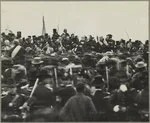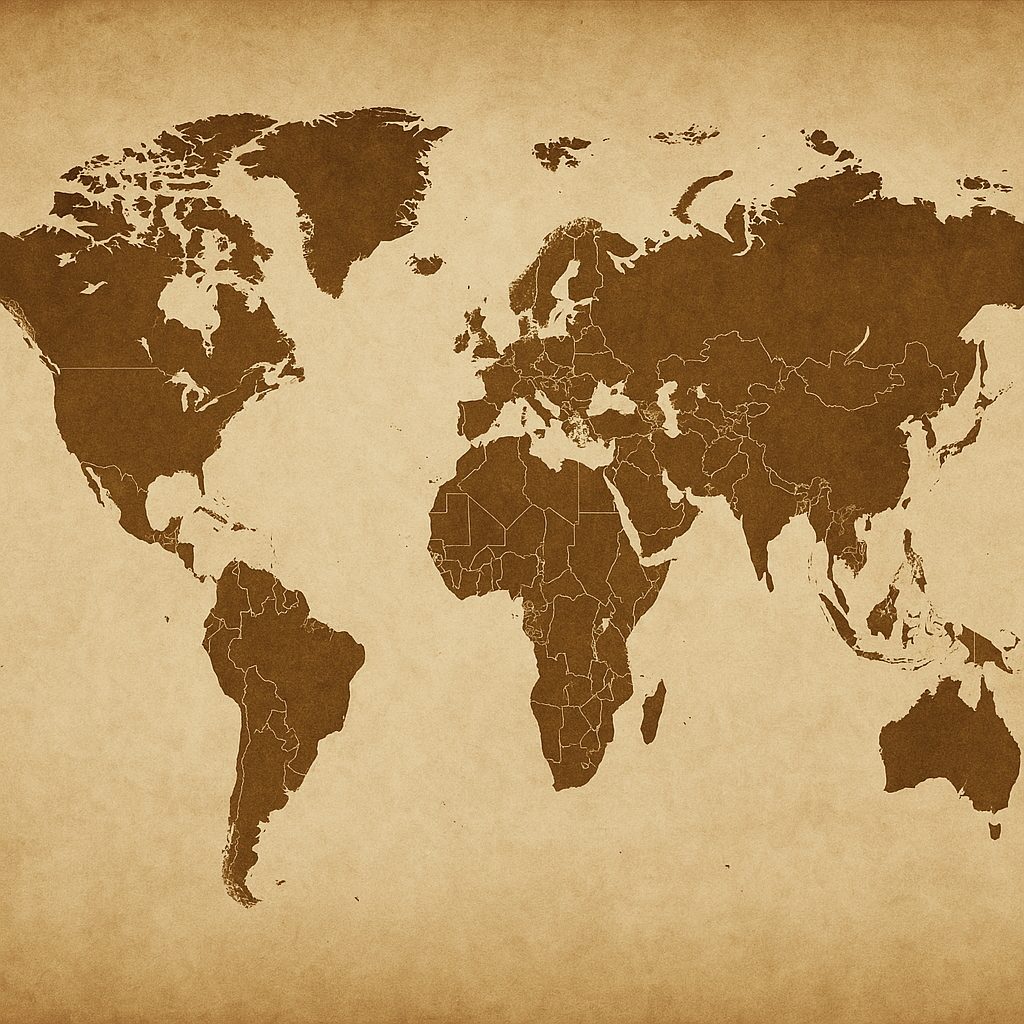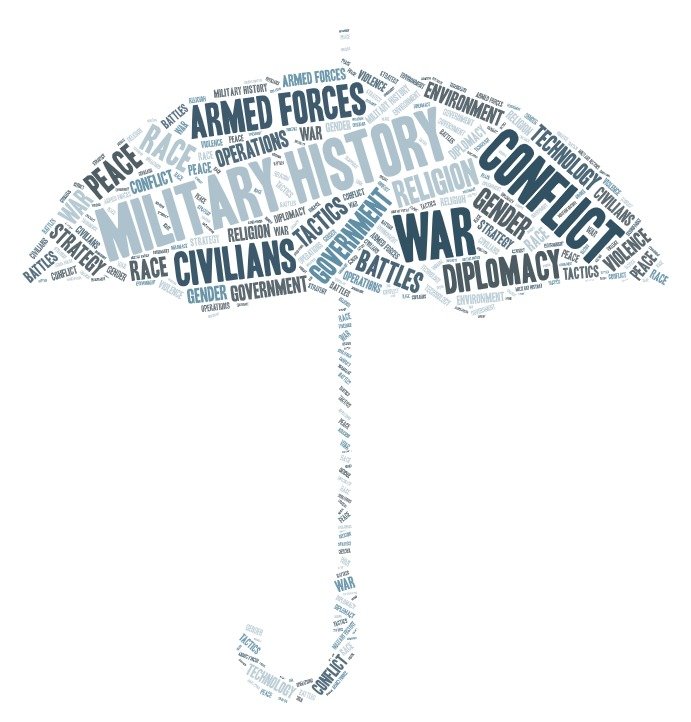Browse Pedagogy Content

Trench art collection
Trench Art, which emerged during 19th-century conflicts and gained prominence amid the harsh conditions of World War I’s Western Front. It examines how soldiers repurposed battlefield debris—particularly brass shell casings—into vases, jewelry, and everyday items during quiet moments between combat. Crafted in No Man's Land and behind the lines, these objects reflect both the ingenuity and emotional resilience of troops seeking to connect with home. The collection showcases the artistry that arose from war's destruction, offering a poignant lens into the material and personal culture of wartime life.

Historical Gaming and Extracurricular Learning
More than twenty years ago, I introduced students to historical wargaming—a hobby I had cherished since youth—as a way to deepen their engagement with history. Though computer games expanded the audience, they lacked the tangible aesthetic and pedagogical value of traditional board wargames and miniatures.
Identify it, Define it, Do it: Military History and the AP US History Class
“The College Board doesn’t care about military history,” I tell my AP-bound Accelerated US History students—though always tongue in cheek, because what historians mean by military history often differs from student assumptions. While AP US History rarely covers grand strategy or the social history of the military in depth, it does offer space to explore military history as part of broader historical processes.

The Last PowerPoint: Teaching World War II with the Holocaust
At the end of the World War II unit, students absorb the stark reality of loss through a chart titled “World War II Deaths,” where towering bars represent military and civilian fatalities across nations. Some graphs spotlight smaller countries with staggering percentages of population loss, while the mention of Holocaust victims lingers as a footnoted reminder, deferred for another lesson.

Gettysburg in Texas: The Challenges and Rewards of Teaching Military History Beyond the Battlefield
Despite being far from battlefields, educators can still teach them effectively by adapting key elements of the staff ride. Cecily Zander shares how she taught the Battle of Gettysburg in Texas, offering creative strategies for immersive learning.

Teaching World Military History: Some Reflections
Tired of teaching through a Western lens? This personal narrative follows one historian’s shift toward global military perspectives—and the conference that changed everything.

Interviewing Veterans: A High School’s Oral History Project
One well-intentioned assembly missed the mark. Here’s how a veteran engagement project went wrong and what it taught about meaningful student connections.

Drawing Back the Curtain, Part II: Yep, You Really Do Teach Military History
If you’re a secondary teacher, chances are you already teach military history—you just haven’t called it that. This post affirms your work without piling on more.

From the Corps to the Classroom: Teaching History As a Marine Veteran
This author thought he left the Marines behind. Sixteen years later, they were central to his teaching identity in ways he never expected.

Drawing Back the Curtain, Part I: What Academic Historians Should Know About How Military History is Taught at the Secondary Level
Wonder why your students haven’t heard of key battles or ideas? This post urges academics to grasp the realities of high school history instruction.

Non-Traditional Assignments in Military History Courses
Want to swap out the term paper? These educators make a strong case for podcasts, digital exhibits, and even tweets as tools for historical engagement.

Teaching Military History: Civilian Higher Ed v. PME
What separates a classroom at West Point from one at a liberal arts college? This podcast delves into the tensions—and unexpected overlaps—between two teaching worlds.

Walking, Talking, Teaching, and Learning: The Staff Ride
Field trips meet military history in this rich discussion of the staff ride. Explore how it blends scholarship, storytelling, and terrain to elevate learning.

This author thought he left the Marines behind. Sixteen years later, they were central to his teaching identity in ways he never expected.